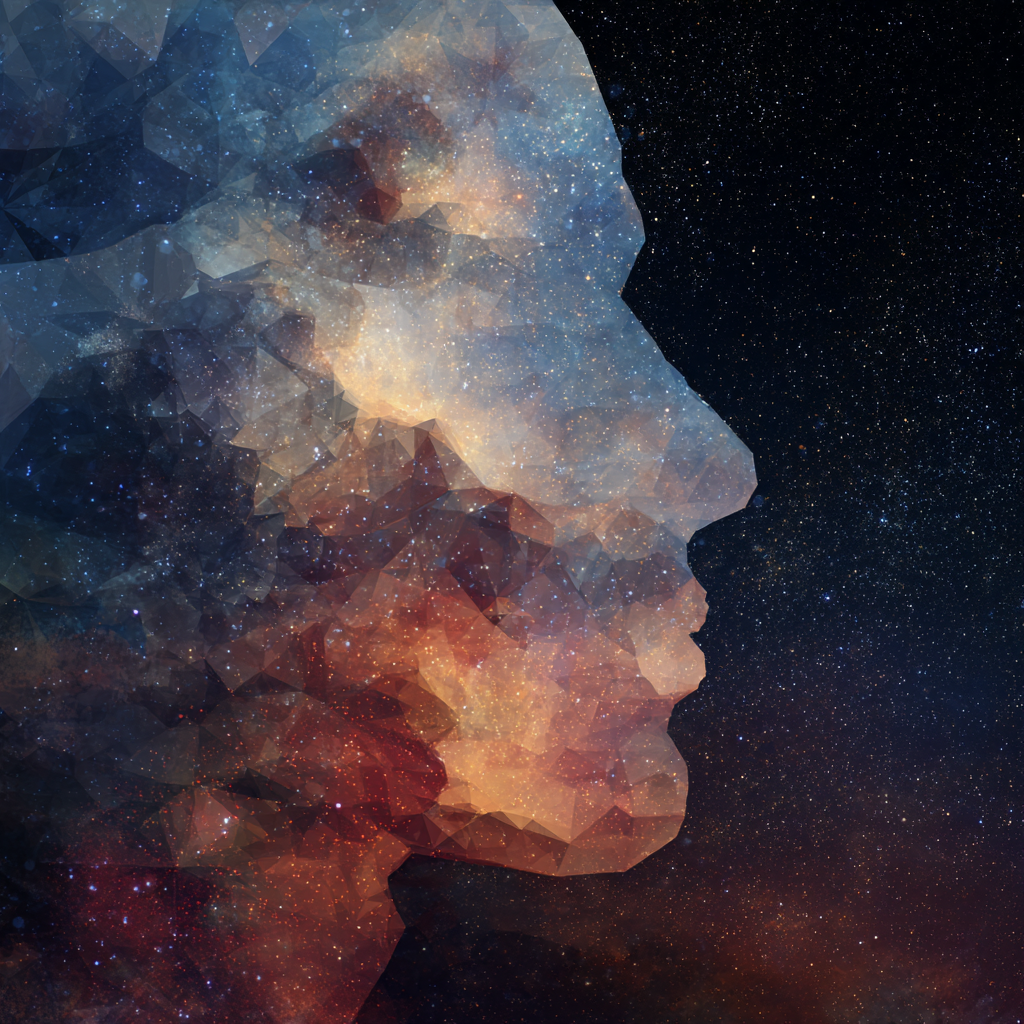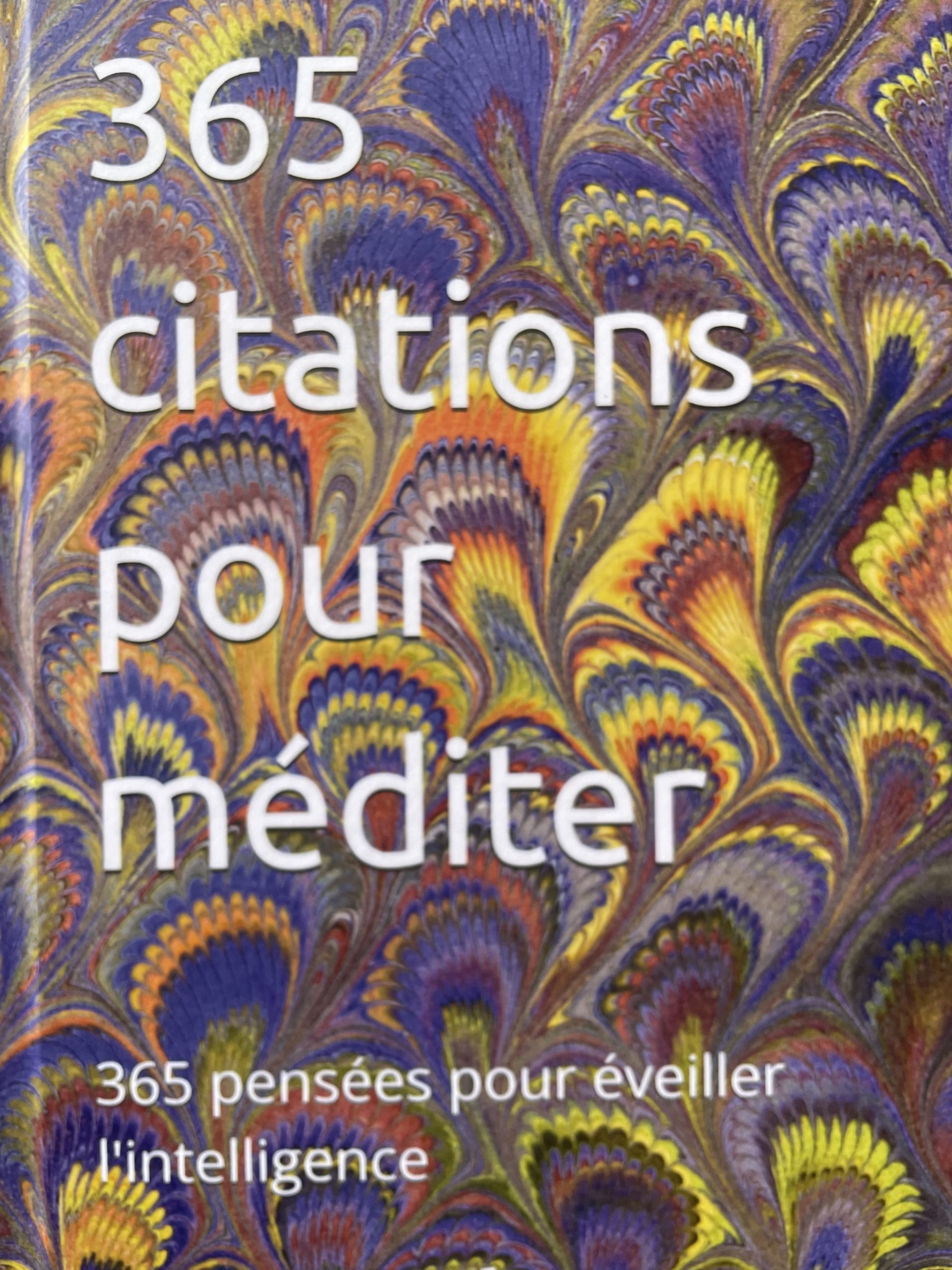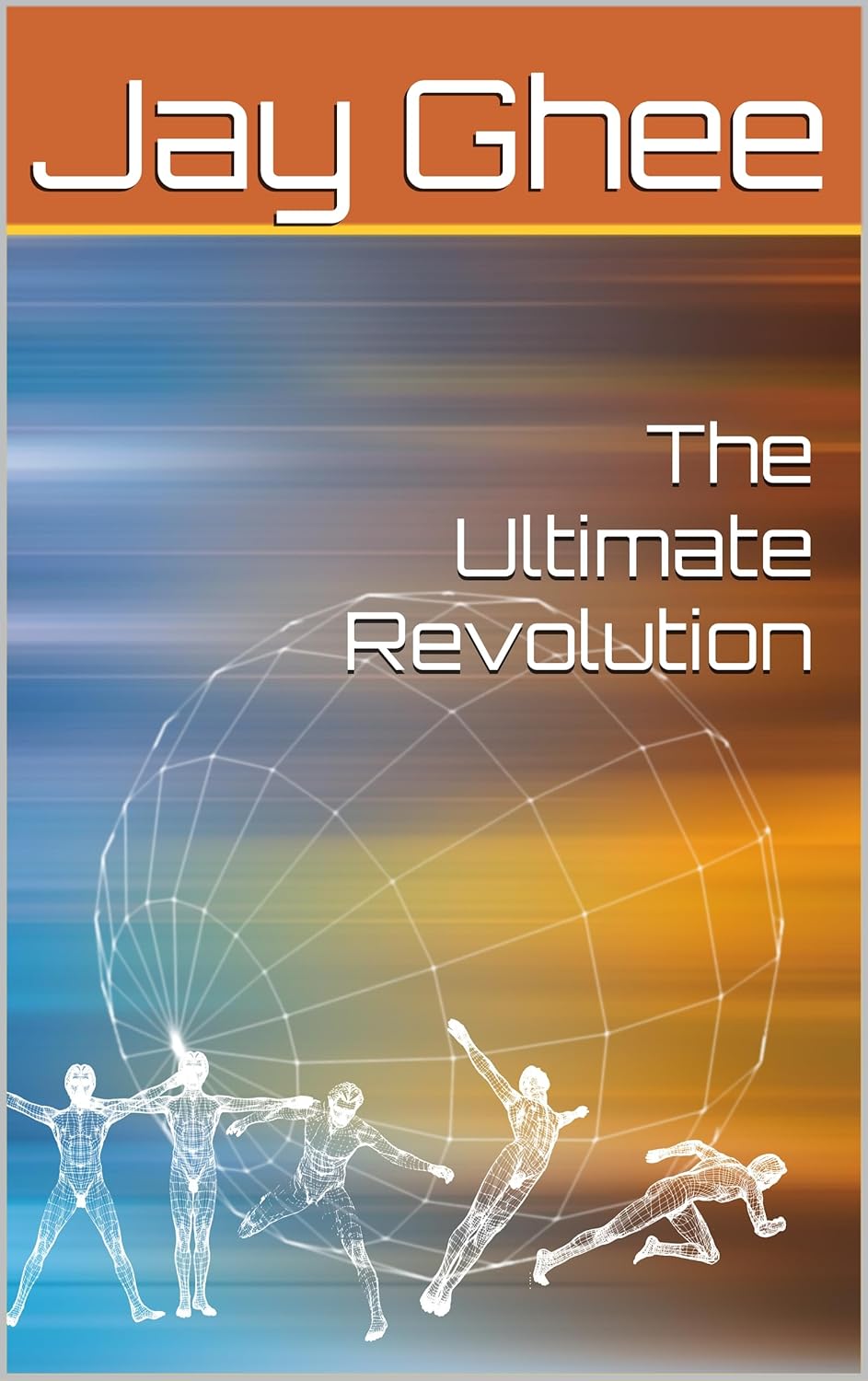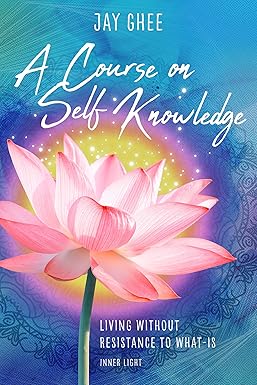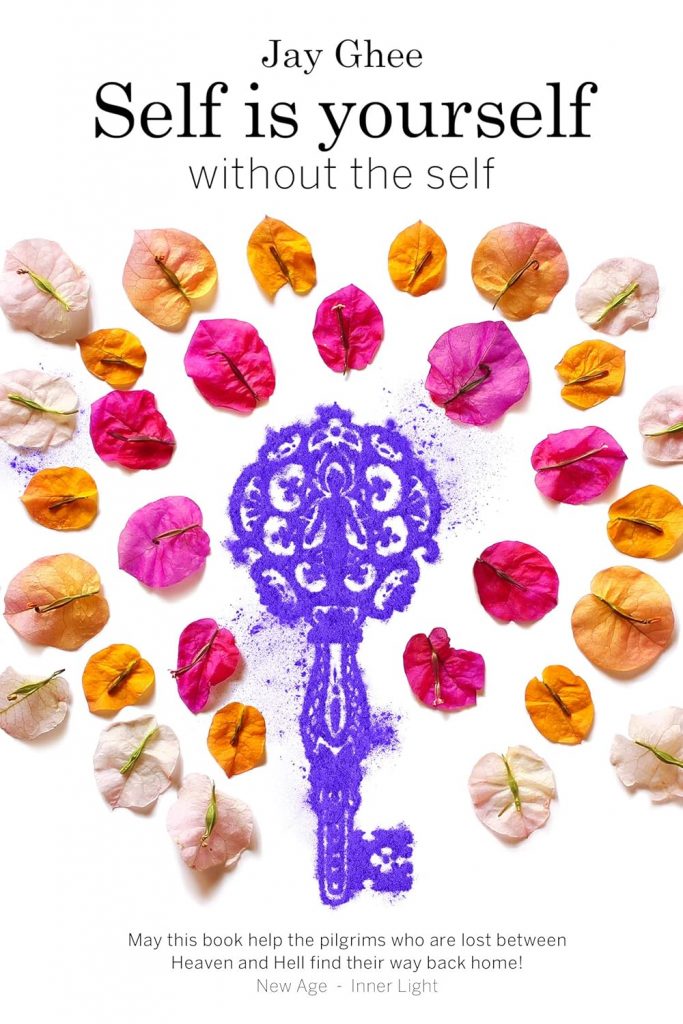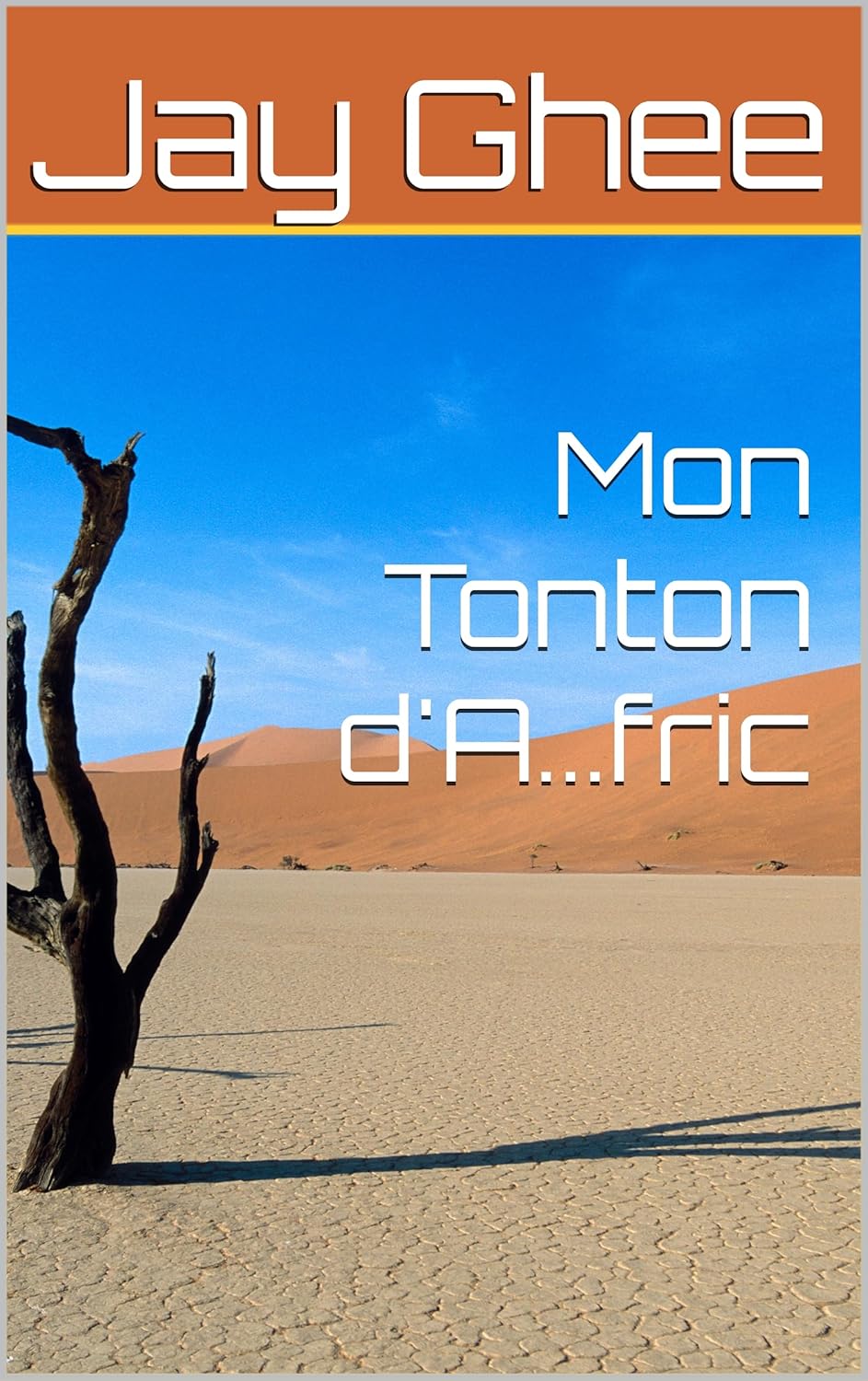By Ana
Difference Between Intuition and Fear:
How to Recognize Your True Inner Voice
When Inner Voices Speak in Different Languages
We’ve all felt it — that pull between two inner voices.
One whispers softly: “Wait.”
The other shouts: “Don’t you dare!” Both feel urgent, both come from within — and yet, only one is true.The difference between intuition and fear is subtle but profound. Fear shouts to protect; intuition whispers to guide. Confusing the two can lead us into cycles of doubt, overthinking, or missed opportunities. Learning to tell them apart isn’t just a spiritual practice — it’s a survival skill for modern life.
I remember a moment when I ignored a quiet inner nudge — a feeling that said, “Not this time.” Instead, I followed logic. The decision made perfect sense on paper. But weeks later, I realized that my heart had seen what my mind refused to see. I had chosen security over truth.
We’ve all been there — torn between the rational and the real, between noise and knowing.The Subtle Line Between Fear and Intuition
At first, fear and intuition may look alike. Both can create a sense of urgency, both can make the heart beat faster. But while fear feeds on insecurity, intuition arises from clarity.
Fear belongs to the past — it remembers pain, failure, rejection. It projects these memories into the future, trying to keep us safe by limiting our steps. Intuition, on the other hand, belongs to the present. It does not warn, it shows. It offers quiet direction without argument.
As Jay Ghee writes in The Gut Feeling Guide, “The ego shouts, but intuition whispers.” Fear is the echo of the ego’s noise; intuition is the silence beneath it.
When you begin to notice this subtle difference, life opens in a new way. You stop fighting your inner voices and begin to listen with discernment — not everything that feels urgent is true, and not everything that feels calm is safe. But the one that is both quiet and clear? That’s usually the one worth trusting.
What Fear Feels Like in the Body
Fear lives in tension. You can recognize it by how it contracts your energy — your shoulders rise, your breath shortens, your stomach tightens. The mind starts running through scenarios: What if it goes wrong? What if I fail?
Fear demands certainty before action. It seeks control. It often hides behind logic or caution, convincing you that it’s just “being realistic.” But its real motivation is to avoid discomfort.
Sometimes, fear masquerades as intuition — especially when we’ve been hurt before. A heart once broken may call every new love “a risk.” A failed project may disguise every new idea as “too dangerous.” The body remembers pain, and fear uses that memory as its evidence.
Psychologists explain that fear originates in the amygdala — the brain’s ancient alarm center. It evolved to detect threats, not to evaluate truth. That’s why the body sometimes reacts the same way to public speaking as to a predator in the wild. Intuition, however, involves a broader network: the gut–brain connection, pattern recognition, and emotional memory. It doesn’t shout danger — it senses alignment.
The Calm Frequency of Intuition
Intuition has a different vibration. It feels lighter, more spacious, and strangely peaceful — even when it guides you toward change. You might not know why you feel drawn to or away from something; you just know.
While fear contracts, intuition expands. It doesn’t rely on logic but often proves right in hindsight. You might describe it as a knowing without knowing how you know.
This subtle sense is often felt in the chest, the heart area, or even as warmth in the stomach. It doesn’t rush or pressure — it invites. When you act on it, even risky choices feel grounded, as if supported by an unseen thread.
Try this: recall a moment when you felt guided by something deeper — perhaps choosing a new city, a partner, or a creative project. Close your eyes and revisit how it felt in your body. Was there tension or ease? The memory of that feeling is your compass. Each time you slow down enough to notice it, you train your nervous system to recognize intuition more quickly.
Over time, this practice teaches you how to trust your gut feeling — not as a theory, but as lived experience.
How to Tell Them Apart in Real Life
There’s no formula, but there are patterns. You can observe your inner state before making a decision:
If your body feels tight, your breath shallow, your thoughts noisy — it’s likely fear. If you feel quiet, clear, even oddly relieved — it’s probably intuition.
Here’s another way to remember it: Fear wants proof before you leap. Intuition asks for trust as you leap. Fear imagines outcomes; intuition experiences them. Fear keeps score; intuition keeps time.
The best way to strengthen this discernment is through presence. When you slow down and allow stillness, fear loses volume and intuition becomes audible.
Jay Ghee calls this “listening between the thoughts” — the space where the mind falls silent enough for truth to surface.
Learning to Trust Your True Inner Voice
Once you start noticing the difference between fear and intuition, something shifts.
Life stops feeling like a battlefield of choices and begins to flow as a conversation.
You no longer fight your emotions — you listen to them.
Fear is acknowledged but not obeyed. Intuition is honored but not romanticized.Over time, you learn that intuition is not a magical superpower; it’s a natural sense that grows in silence, humility, and awareness. It’s the quiet teacher inside you, reminding you that truth doesn’t shout — it simply is.
And yes, you’ll still get it wrong sometimes. You’ll follow fear thinking it’s intuition, or dismiss intuition because fear feels safer. But each misstep refines your sensitivity. The more you observe without judgment, the clearer the inner landscape becomes.
This understanding is where true freedom begins.
Once you recognize the subtle difference between fear and intuition, you move through life with more grace. Decisions feel less like battles, more like alignments.
To deepen this awareness, explore How to Trust Your Gut Feeling — the foundation for living from inner clarity and creative intelligence.
Because learning the difference between intuition and fear is, ultimately, learning how to live from your deepest truth.
If you feel drawn to explore these ideas further, discover Jay Ghee’s The Gut Feeling Guide — a poetic and practical invitation to live with inner clarity, synchronicity, and trust.
It’s not about believing — it’s about remembering what your inner wisdom already knows.
New Releases
Books from Jay Ghee
365 citations pour méditer
By Jay Ghee 365 citations pour méditerLes 365 pensées inédites de ce livre invitent l'éveil de l'intelligence. Jay Ghee présente ici une collection de réflexions profondes, d'aphorismes riches en sagesse, humour et observations conçus pour éveiller le questionement....
The ultimate revolution
By Jay Ghee The ultimate revolution A Journey Beyond Thought In an age of chaos, distraction, and inner conflict, The Ultimate Revolution invites you on the only journey that truly transforms—the journey inward. Through a synthesis of timeless wisdom and modern...
A course on Self-Knowledge
By Jay Ghee A Course on Self-Knowledge Living without resistance what-is This course addresses the most essential question in life:Who am I? It’s not a theory, a belief, or a system. It’s a path. One that leads you inward—toward clarity, stillness, and the direct...
Self is yourself without the self
By Jay Ghee Self is yourself without the selfA contemplative guide to dissolving ego, awakening pure awareness, and living beyond the illusion of “me". What if everything you believe about yourself—your story, your ego, your spiritual ambitions—is simply a mask worn...
L’ultime révolution
By Jay Ghee L'ultime révolutionÀ travers l’enseignement des grands sages, Jay Ghee guide ses lecteurs vers une compréhension profonde du rôle de l’ego et montre comment s’en libérer pour accéder à la paix intérieure et à la joie véritable. Un chapitre entier est...
Mon Tonton d’A…fric
By Jay Ghee Mon Tonton d´ A...fricCinq jeunes cousins de la région bordelaise reçoivent chacun une énigmatique missive venue d’Afrique. Héritage ou simple mystère ? Malgré les inquiétudes de leurs proches, ils se laissent entraîner dans une aventure haute en couleur,...
Schedule an Event
info@jayghee.com
Book an Interview
info@jayghee.com
Contact Jay Ghee
info@jayghee.com

